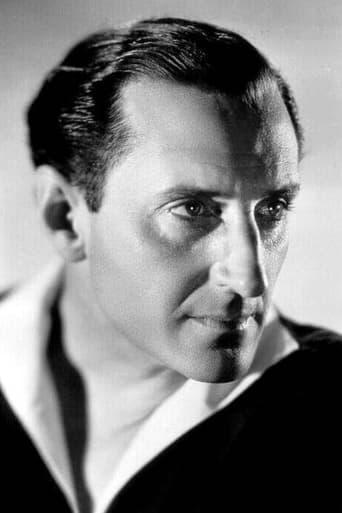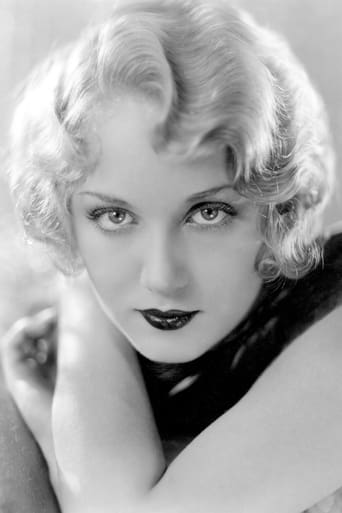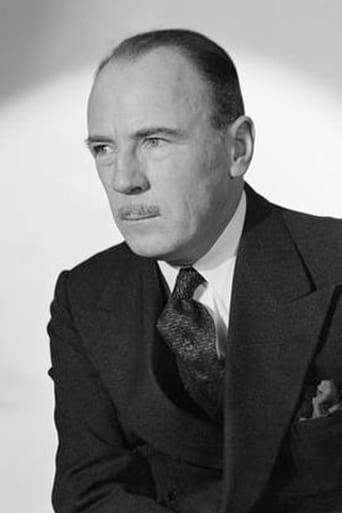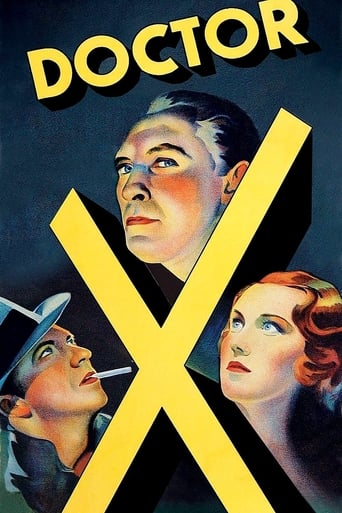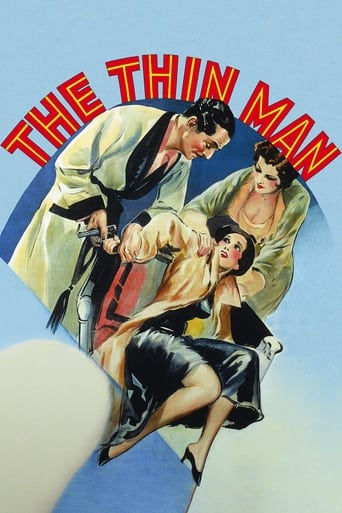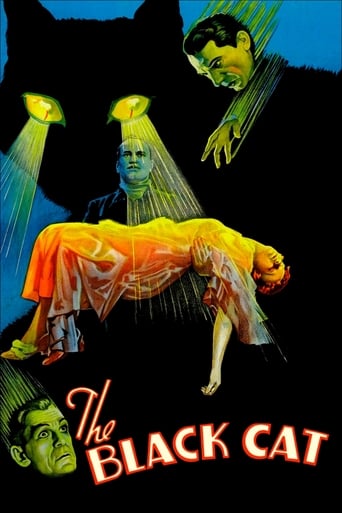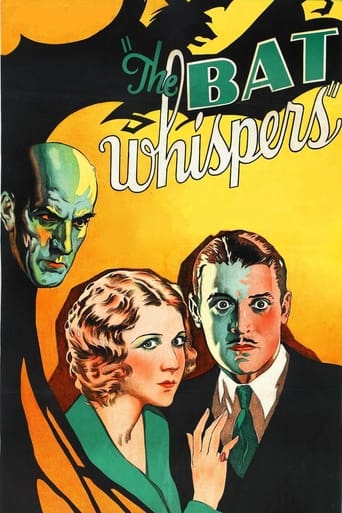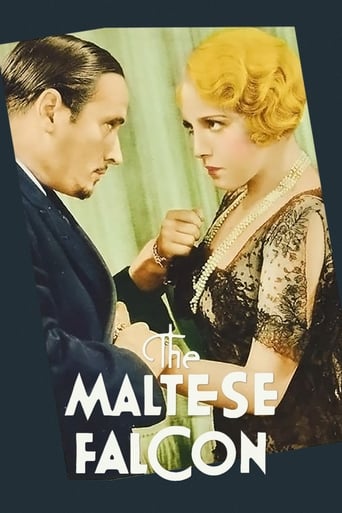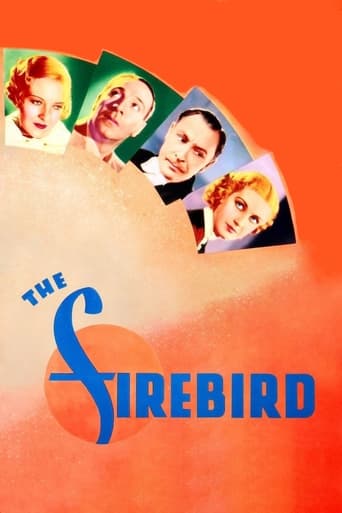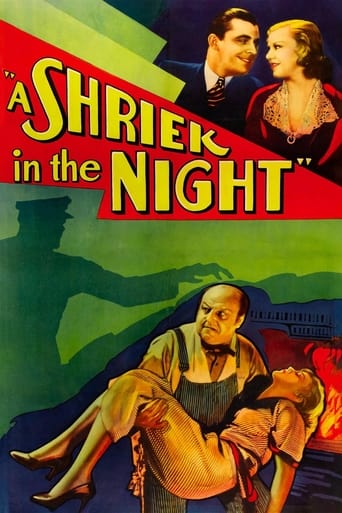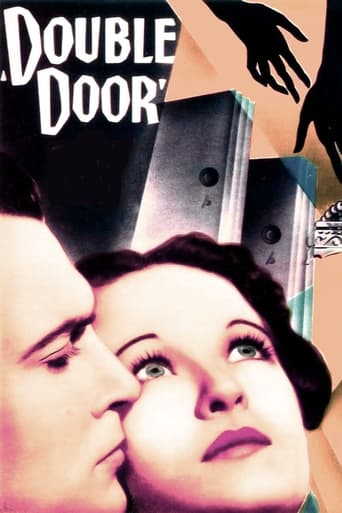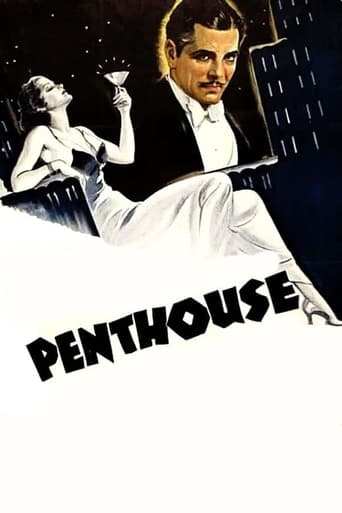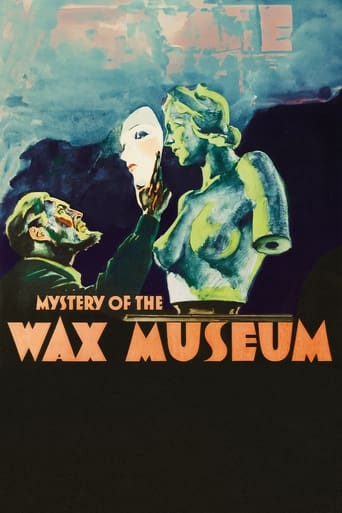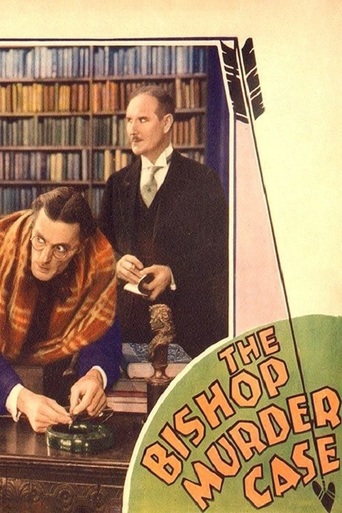
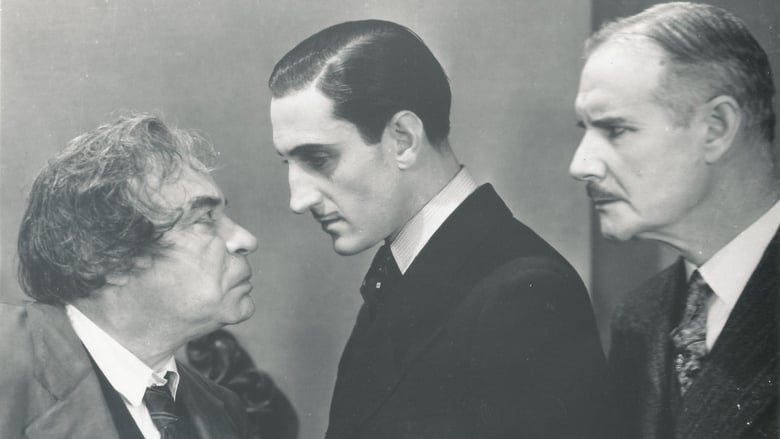
The Bishop Murder Case (1929)
The murders start with the body of Robin. He is found with a arrow through the heart, but Vance deduces that the body was placed and not found where he was killed. The note found dealing with the murder was part of a nursery rhyme and signed by 'Bishop'. The only witness may have been Mrs. Drukker and Adolph, but they are not talking. As the murders progress, each one is accompanied by a nursery rhyme. It is up to Philo Vance to unravel the clues and unmask the identity of the murderer 'Bishop'.
Watch Trailer
Cast


Similar titles
Reviews
Philo Vance (Basil Rathbone) is on the case of a killer who is leaving clues related to Mother Goose nursery rhymes. The first victim is named Robin but his friends call him Cock Robin. Philo Vance was never one of my favorite movie detectives. I haven't read the books so I can't compare how his film treatment holds up to those. But Vance always seemed to lack the distinct personality traits that all the great movie detectives of the '30s and '40s had, like Charlie Chan or Nick Charles.This movie creaks but there is some effort to make it less stagey than most films of the time, which I appreciate. Rathbone obviously would go on to a bigger and better detective series with Sherlock Holmes. The acting ranges from stiff to decent. That's future writer/director Delmer Daves as Raymond Sperling. There are some decent elements to this and if it had been made a few years later it might have been really good. But it drags badly. It needed a shot of adrenaline somewhere. Again, the bland personality of Rathbone's Vance doesn't help matters at all.
This film is important for a couple of reasons.First, it is an early talkie, and if you are a student of film, it is essential to watch the transition from silent films to talkies. Some of the characters in this film seemed to think they were still doing silents.Secondly, it stars Basil Rathbone as detective Philo Vance. Philo Vance, a character by S.S. Van Dine, has appeared in many films. The great William Powell played him several times before he did The Thin Man, and here Rathbone does him before he goes on to playing Sherlock Holmes.
Ordinarily, a "B" movie of this quality should be given a lower rating but considering this film was made in 1930, we have an ultra-ordinary hidden gem. The plot is relatively simplistic yet provides the viewer with interesting plot twists, gives insight to Rathbone's future portrayal of Sherlock Holmes, and delights with a spot on effort from the supporting cast.The drawback, as many have noted, is the poor sound track. If viewing this movie on TCM, a quick remedy is to add the subtitle audio option. TCM seems to understand many of the sound problems associated with movies of this era and more often than not have the subtitle option/feature available. Just another reason to give a huge hand of appreciation for TCM's dedication to preserving these national treasures and enhancing the viewers experience.For those who are film buffs of the 30's and 40's, this is an enjoyable experience... Not to mention finally learning "Who killed Cock Robin".
Basil Rathbone makes a good Philo Vance in this murder mystery involving nursery rhymes. It's a forerunner of his great portrayal of Sherlock Holmes later in his career. He even uses his powers of observation to deduce that the sergeant (James Donlan) wrote a check that afternoon, soon has a date with a woman, etc., much the same way Holmes did, continually astounding Dr. Watson. But the comedy Donlan provides - and he's the only comic relief in the film - is on an infantile level. When he sees Rathbone for the first time, he says "I've solved this case, Mr. Vance. It's a murder." The script is really less than lacking in the humor department. On the other hand, all the other characters do not behave as stupid, and are believable in their roles. I loved the interesting faces and characterizations of George F. Marion and Charles Quartermaine. And there is one lovely photographed scene when Leila Hyams is sitting at a desk with a triple mirror when a sinister hand opens the door. You see her terrified face from four different angles at once, and it's a stunning effect.This is the type of mystery that is virtually impossible to figure out. You have to go with the flow and watch the events unfold until the end when they are explained. There are lots of red herrings along the way, so I found myself switching from one suspect to another as the probable murderer. It was fun.


